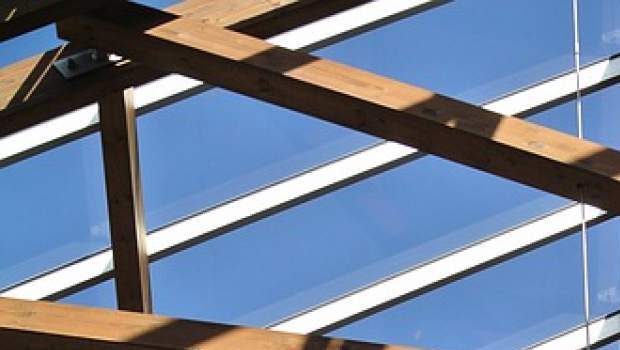
Tag: 3D Print Technology

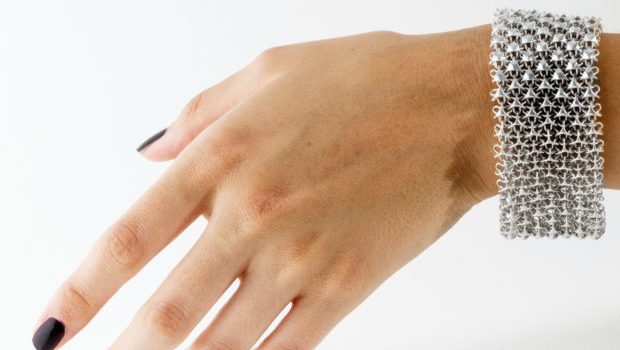

Pop-up Restaurant Food Ink Serves 3D Printed Food to its Clients, in a 3D Printed Setup
July 13, 2016
No Comments
Read More »
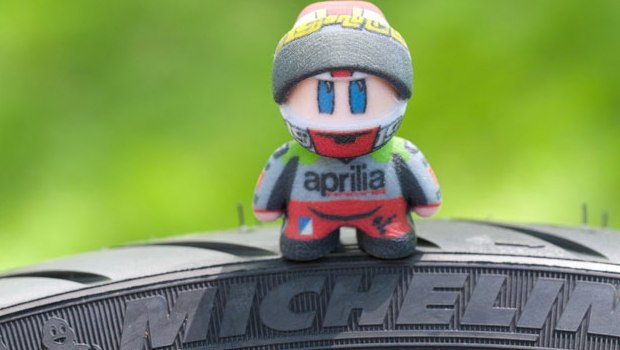

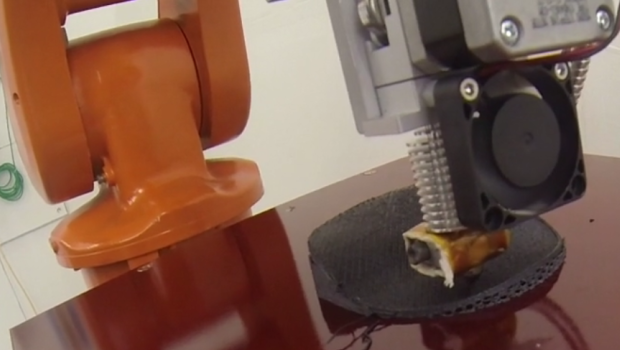
Seimens and Fraunhofer Collaborate To Launch New Additive Manufacturing Processes
July 11, 2016
No Comments
Read More »
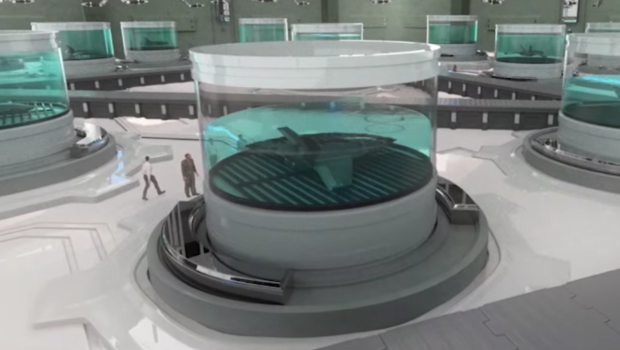

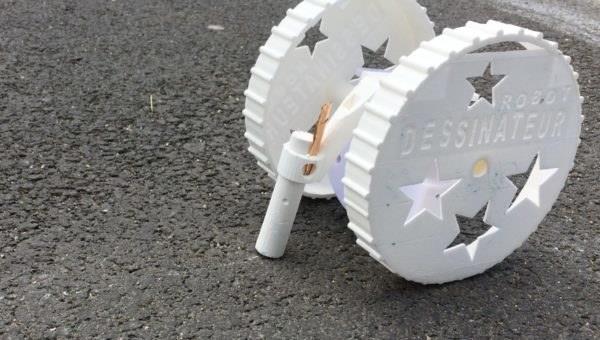
10-Year Old Eva Wins Ph.D. Fellowship for Making 3D Printed Street Art Robot
July 8, 2016
No Comments
Read More »